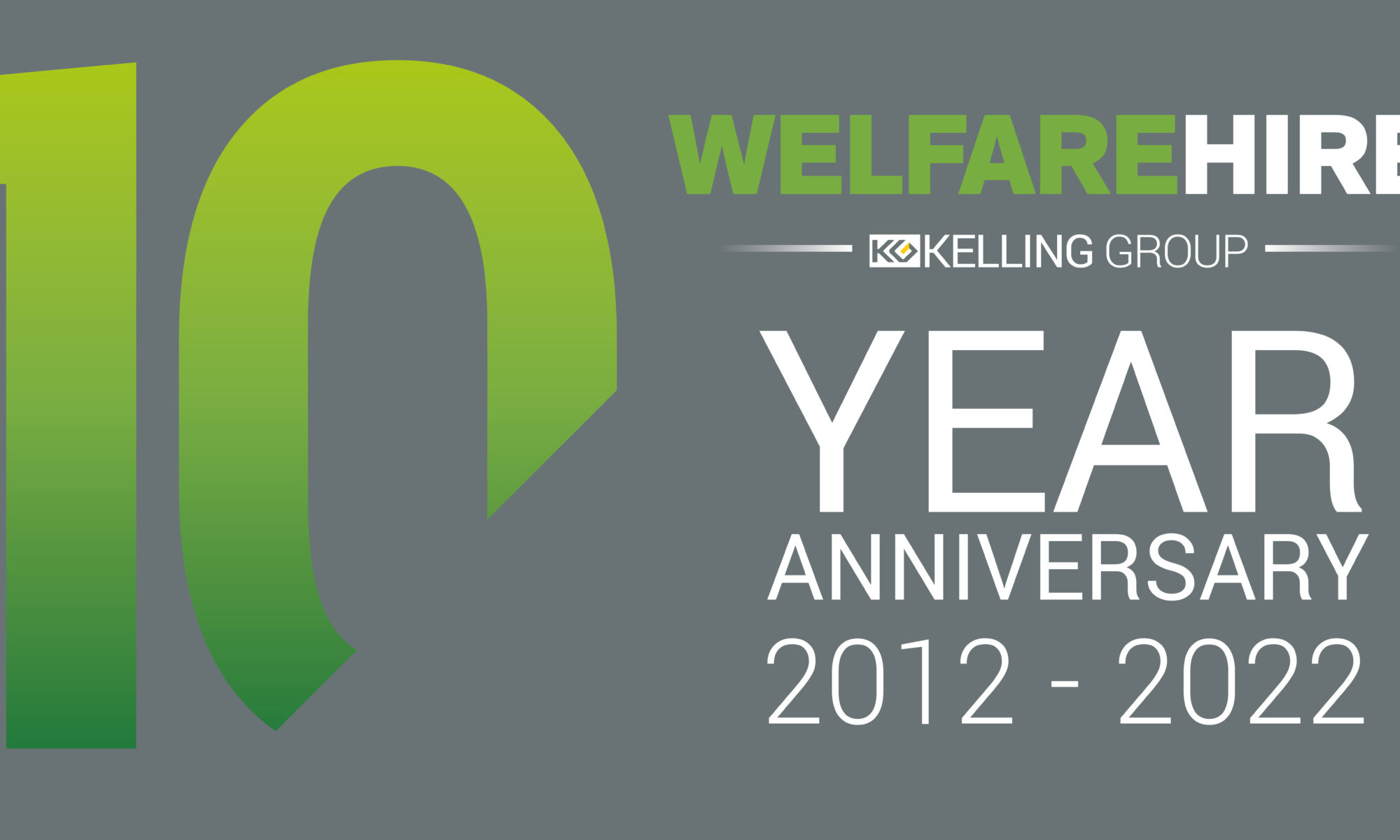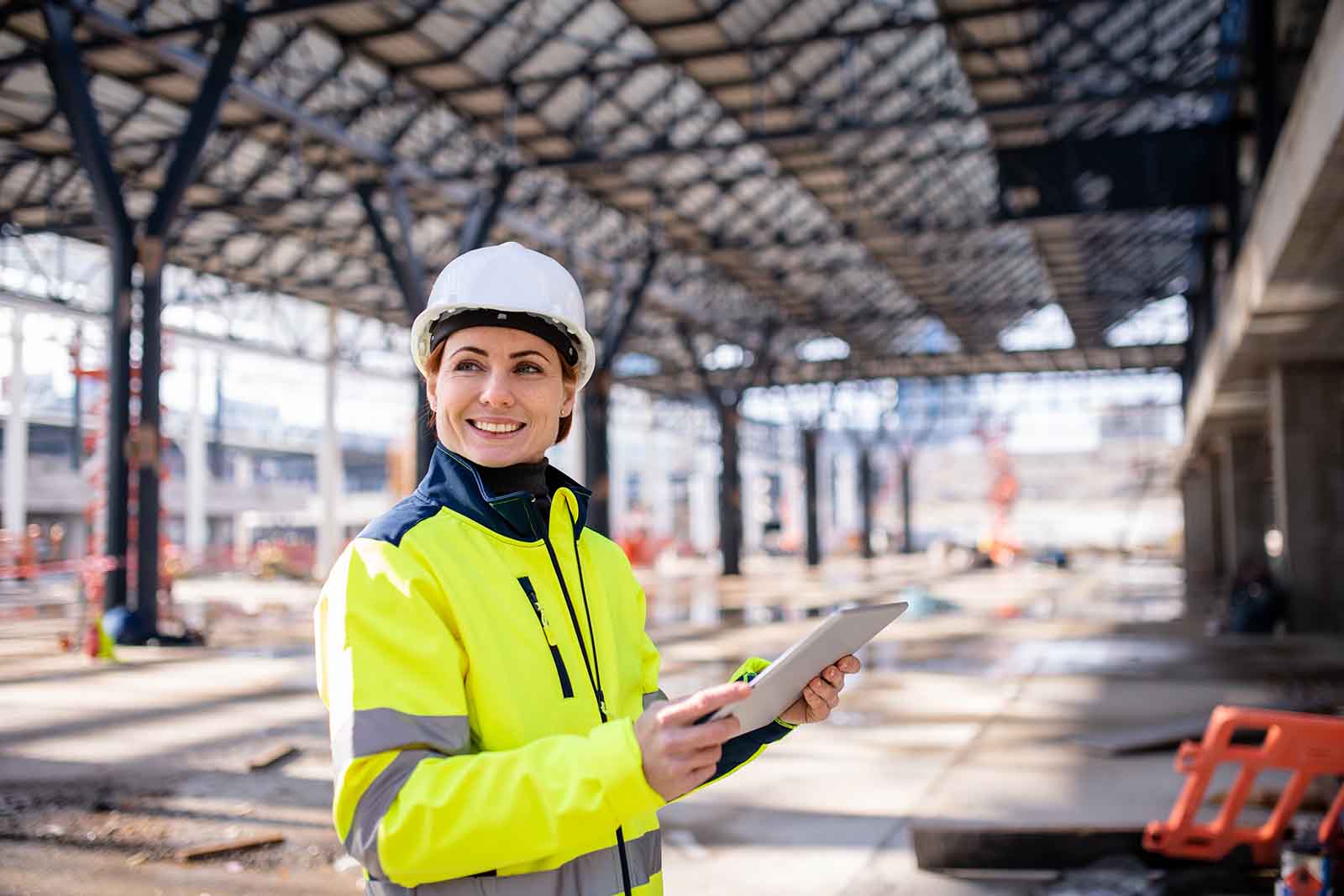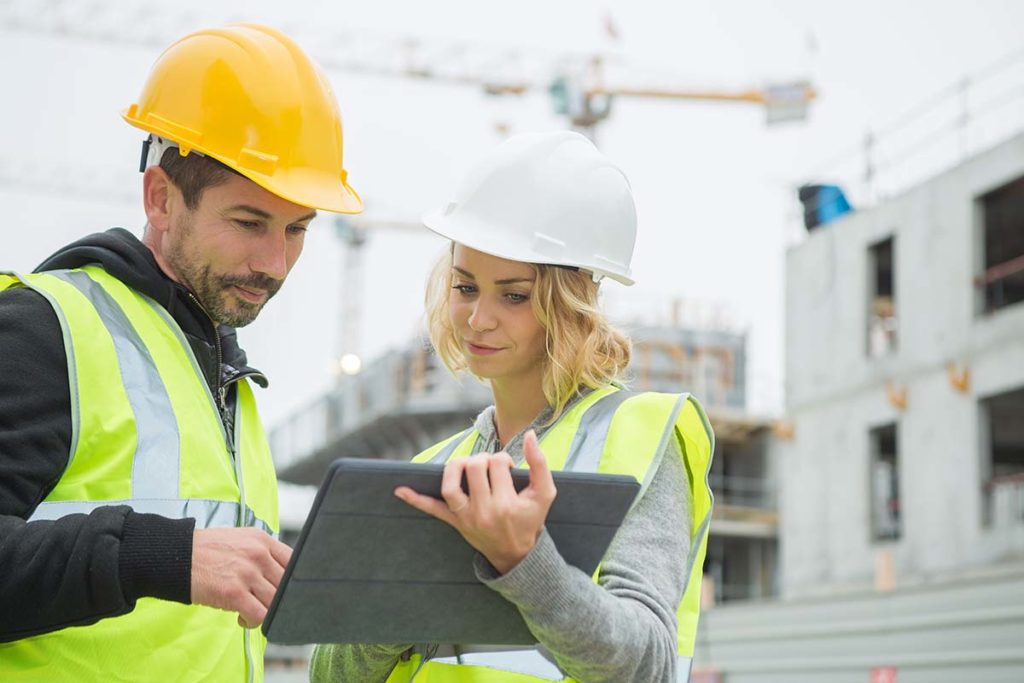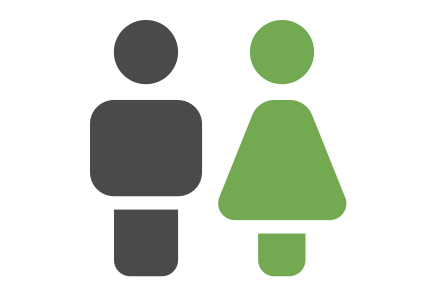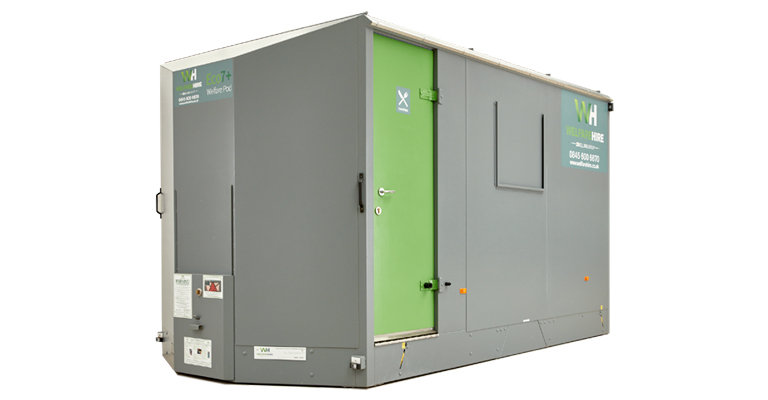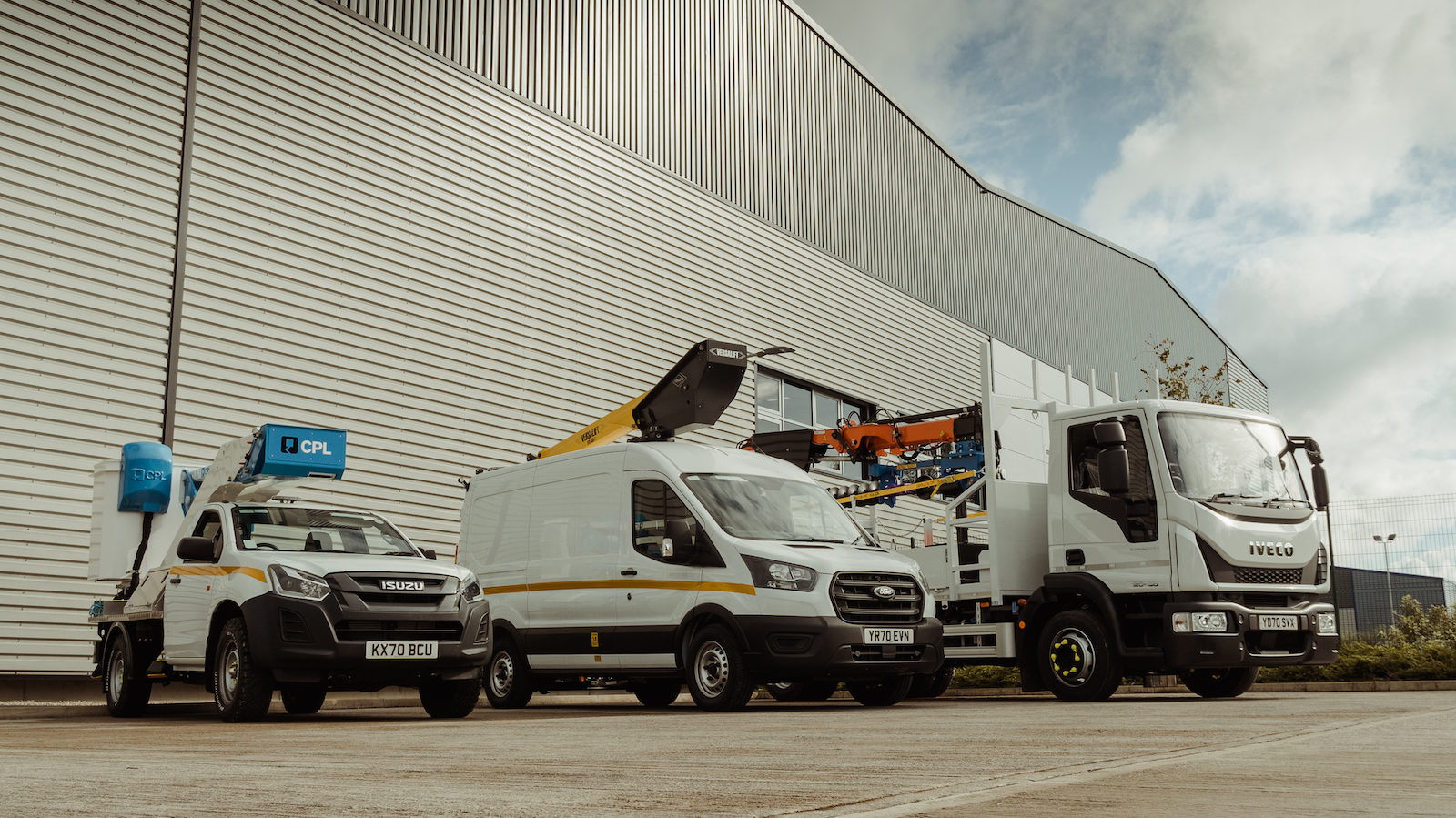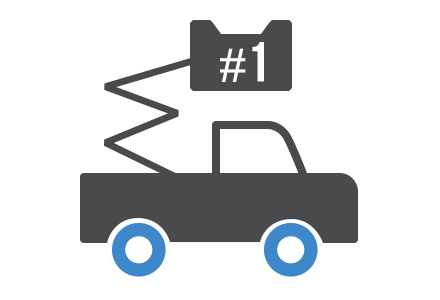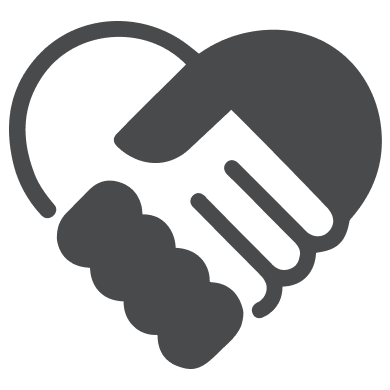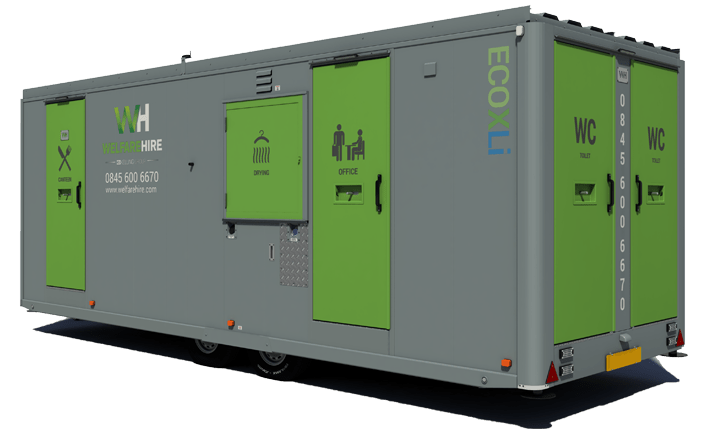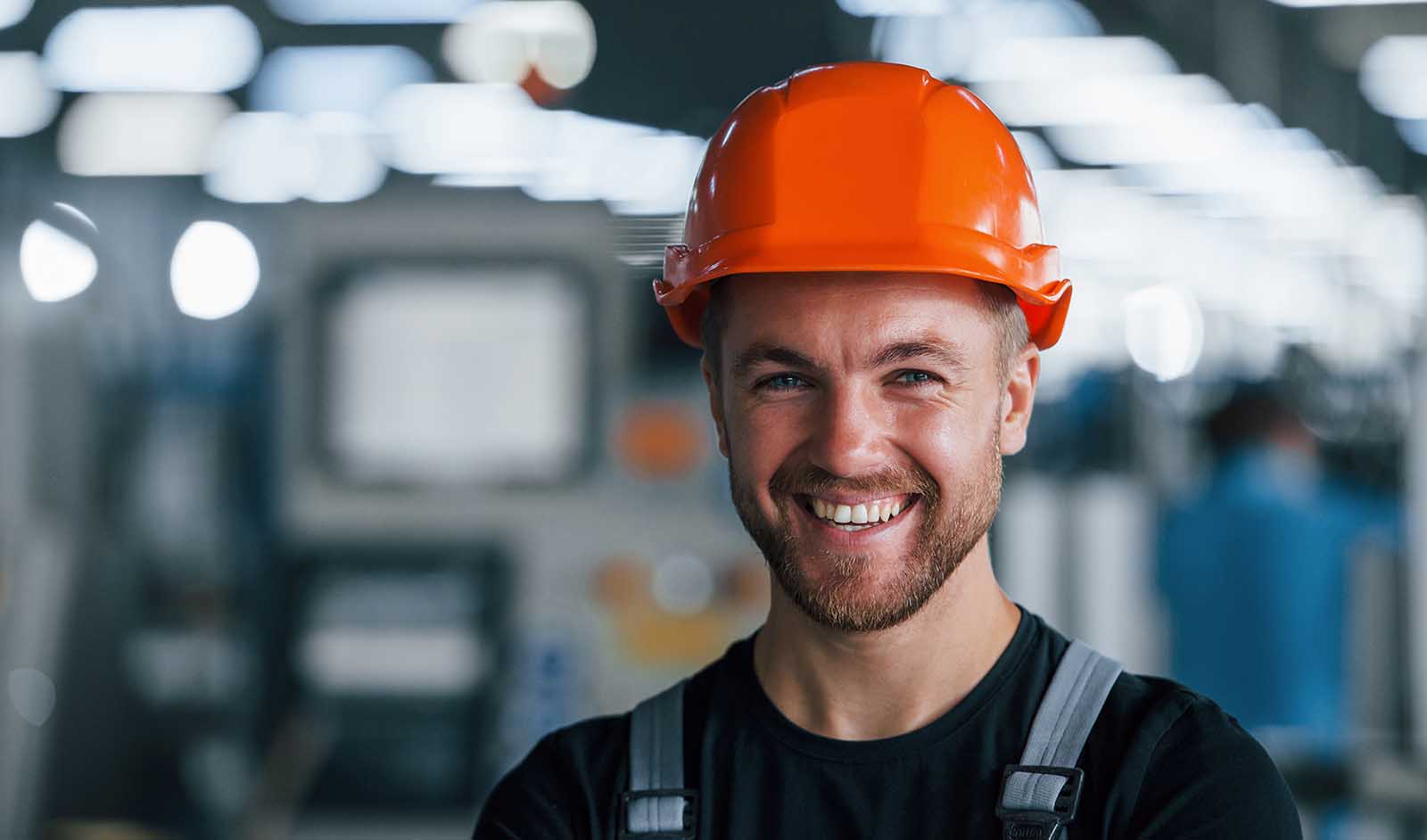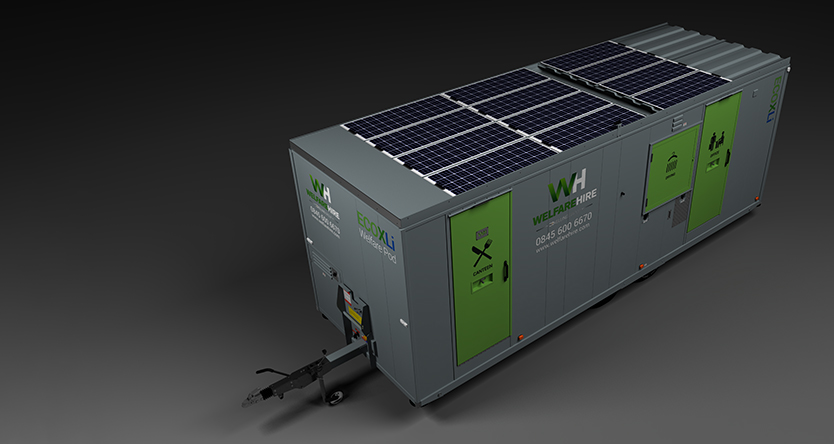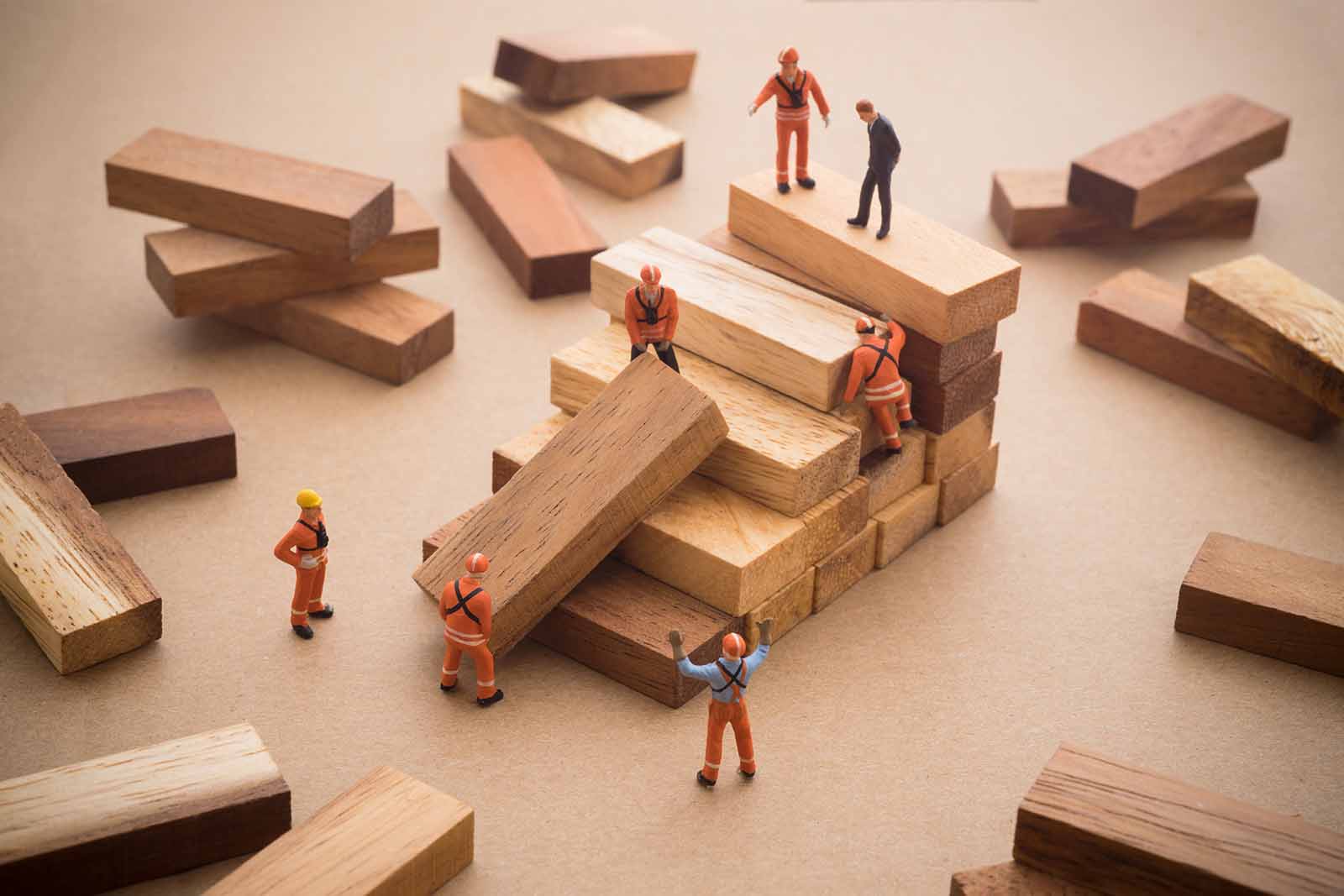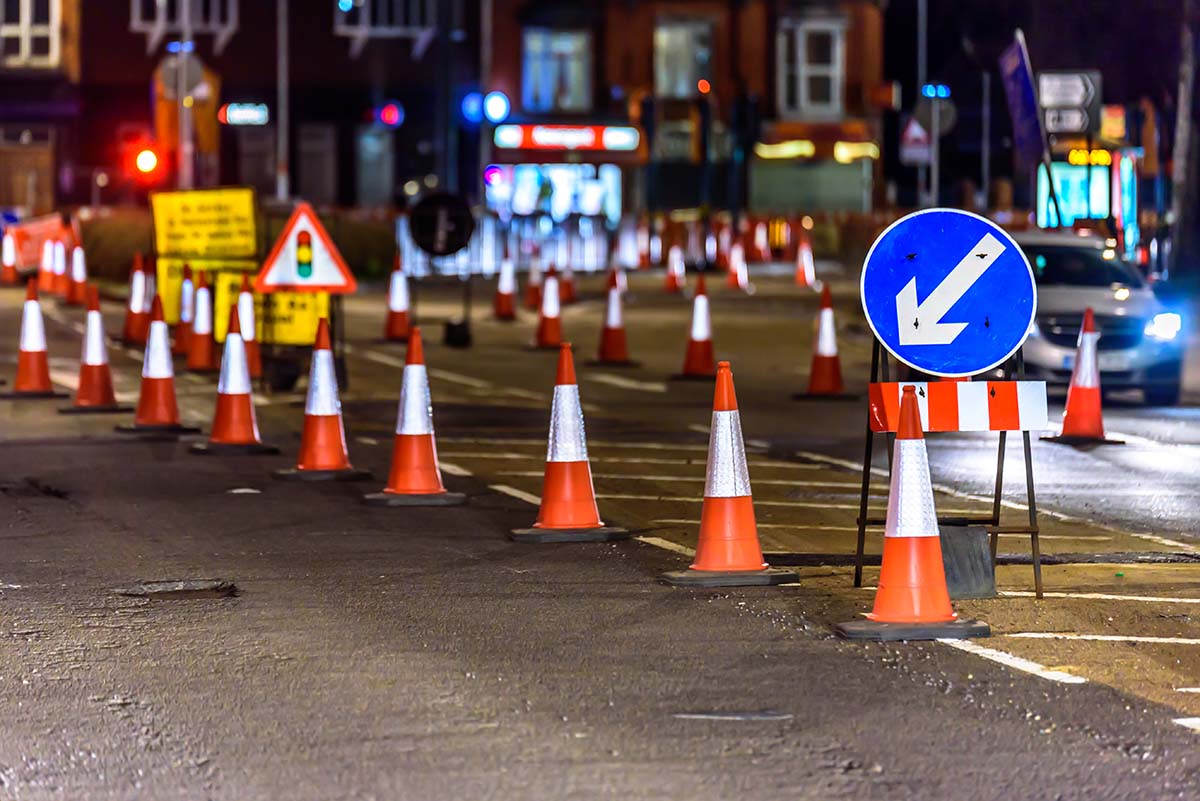As incredible as it seems, 2022 marks the 10 year anniversary of Welfare Hire.
While we long ago established ourselves as a leader in the welfare unit market, this latest milestone demonstrates that we have true staying power.
Innovation pays
The root of our success is simple: we have a mission, and we stick to it.
We decided from day one that we would build the UK’s largest and most technically advanced fleet of welfare units, welfare vans and lighting towers.
And that is exactly what we have done.
We have continuously reinvested our revenue to push innovation and provide better products to our partners.
That has meant embracing next generation technologies – like lithium battery systems, smart telemetry and biofuel generators.
But it has also meant understanding the welfare needs of our clients, and ensuring our units are spacious, comfortable and designed for convenience.
The combination produces unrivalled quality, exceptional value and devoted service at all times.
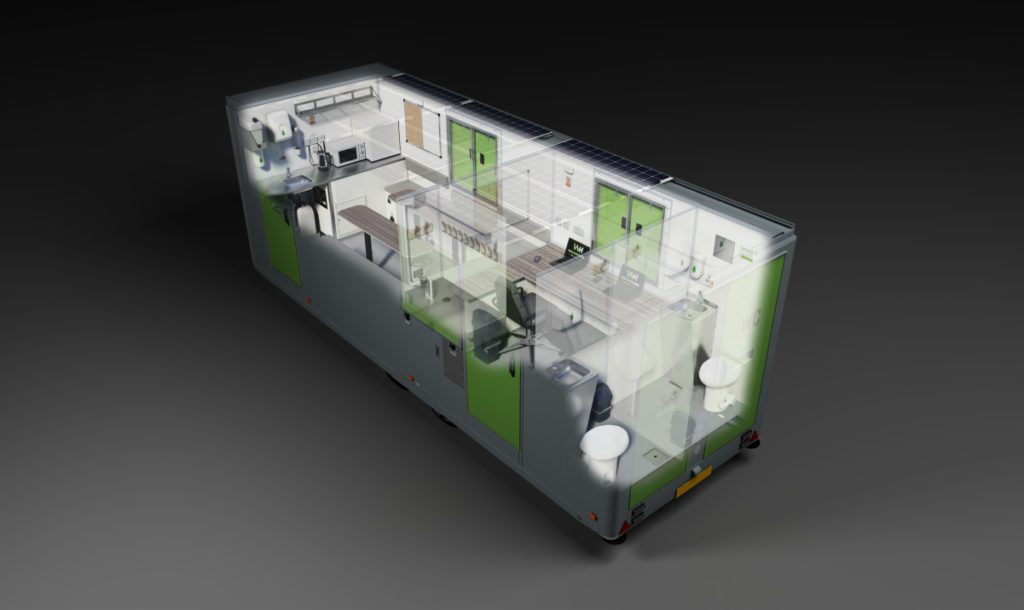
Our offering is more timely than ever
Mobile welfare units and welfare vans are often an afterthought – a mere practical
A major part of our staying power has been our embrace of eco-friendly technology.
When we began offering products geared specifically to reducing carbon emissions and producing greener construction sites, there was certainly some awareness of climate change in parts of the industry.
But we have been vindicated in recent years as the industry has woken up to the significance of the task we face.
While other businesses look to pivot their offering, we’ve been able to carry on as we always had.
That has meant we’ve been consistently ahead of the game, producing the most forward-thinking products on the market.
And that in turn has given us unique expertise on how to make welfare units and lighting towers eco-friendly.
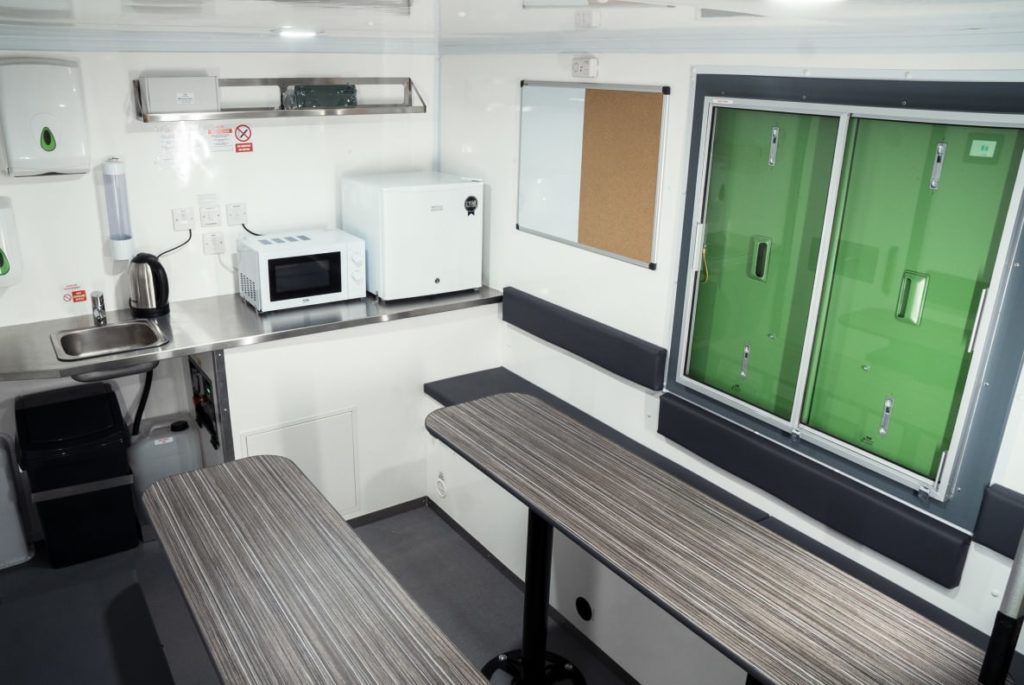
Never settle for second best
Despite the celebrations, we have no interest in slowing down anytime soon.
We are still investing heavily in the innovation process, having released our most advanced welfare unit to date last year – the ECOXLi.
And moving forward, we intend to push this even further.
We will continue helping our partners realise their sustainability goals.
We will continue to create more positive onsite experiences for their employees.
And we will continue to provide the highest quality products, for the best value, with the most reliable service on the market.
So here’s to another ten years!

